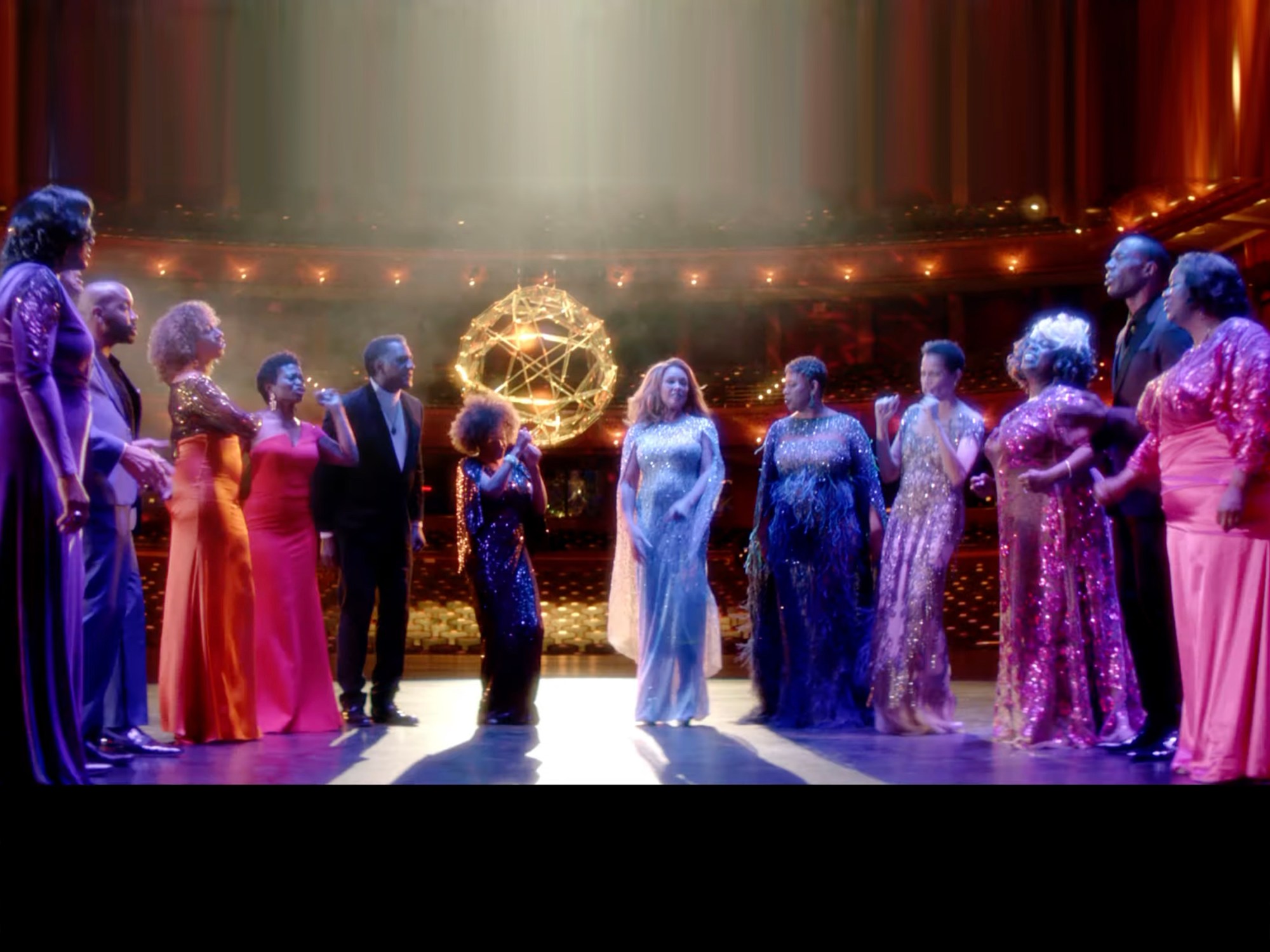
- Industry
Broadway’s New Rainbow
For years, Broadway has casually been referred to as “The Great White Way,” a long-time nickname for the New York theater district. Its origins can be traced back to the early 1900s as a way to pay homage to the dazzling lights that illuminated the theaters. But over the years, the reference began to take on a much more pointed meaning.
As recently as during the 2018-2019 season, over sixty per cent of roles on New York City stages were played by white actors, ninety-three per cent of producers were white and at the largest non-profits, one hundred per cent of artistic directors and eighty-eight per cent of board members were white.
So, in June of 2020, a group of Black artists decided to take matters into their own hands and formed Black Theater United, with a simple mission, to help protect Black people, Black theatre, and Black lives of all shapes and sexual orientations in communities across the country. Their goal is to educate, empower, and inspire their fellows through excellence and activism to tell their stories, preserve their history, and ensure their legacy.
Just what is the history of Black theater and Black representation on Broadway? While stories about Black culture were told primarily on stage by European performers in black face before the dawn of the twentieth century, history records point to the 1903 musical In Dahomey as the first full length musical written and starring Black performers, most notably Bert Williams and George Walker, to play on a major New York stage.
Eighteen years later, the musical Shuffle Along, with its roots in vaudeville, jazz and minstrelsy, became the first major Black American musical on the Great White Way. With basically no budget, the show, which was cast with only Black performers, including Josephine Baker and Paul Robeson, ran for 504 performances, making it an unqualified success, even against the racial pushback of the times. In 2016, a somewhat revival, Shuffle Along, or, The Making of the Musical Sensation of 1921 and All That Followed, which used the initial run of the show as a backdrop, played back on Broadway with an all-star cast including Audra McDonald, Brian Stokes Mitchell and Billy Porter.
But even after Shuffle Along, the theater was slow to embracing the talents of Black artists. Later shows such as Porgy and Bess (1935) and A Raisin in the Sun (1959) would garner triumphant reviews but be the exceptions rather than the rule. While Juanita Hall, who played Bloody Mary in the original production of South Pacific, became the first African American to take home a Tony Award back in 1950, it would take another four years before Harry Belafonte scored a win for John Murray Anderson’s Almanac.
Fortunately, with the dawn of the 1960s, opportunities began to open up for Black talent on Broadway, much faster than it did in film or television. The likes of Sidney Poitier, Sammy Davis Jr., James Earl Jones, Diahann Carroll, Leslie Uggams, Diana Sands and Claudia McNeil scored major nominations, leading to the 70s and 80s when such talent as Morgan Freeman, Melba Moore, Nell Carter, Moses Gunn, Cleavon Little, Ben Vereen, Gregory Hines, Charles S. Dutton, Courtney B. Vance, Delroy Lindo, David Allen Grier, Hinton Battle and Maya Angelou were given their due recognition.
Amongst the musicals that captured critical and commercial attention were musicals Jamaica, Purlie, Hallelujah, Baby!, Golden Boy, Raisin, The Wiz, Ain’t Misbehavin’, Once on This Island, Lion King, The Color Purple, Kinky Boots and the game changer, Hamilton. And for straight dramatic plays, Master Harold…and the Boys, Six Degrees of Separation, The River Niger, Fences, A Soldier’s Play and Lackawanna Blues scored for their creators.
Part of that acknowledgment came from opportunities created by a new wave of African American playwrights, including Lorraine Hansberry, Langston Hughes, Ntozake Shange, George C. Wolfe and August Wilson, whose cycle of plays chronicling life of African Americans in the twentieth century has twice won him the Pulitzer Prize.
Over the years, impressive statistics point to the invaluable contribution of gifted artists of color who have finally received the opportunity to showcase their talents, highlighted in 2016 when all four acting categories in the musical category at the Tony Awards were bestowed on Black actors: Renee Elise Goldsberry, Leslie Odom Jr. and Daveed Diggs in the aforementioned Hamilton, while Cynthia Erivo received hers for the revival of The Color Purple.
Two years earlier, when Audra McDonald won the 2014 Best Actress in a Play Tony for Lady Day at Emerson’s Bar and Grill, she became the first performer to ever win in all acting categories, as well as receiving her record sixth Tony.
Even with all these impressive recent credits, Broadway has gone on the record as admitting that it can do better in giving equal opportunity not only to people of color, but to actors within the disabled and LGBTQIA communities. But strides have been made, most notably in the past few years when such shows as Phantom of the Opera, Waitress, Frozen, Wicked and Harry Potter and the Cursed Child have recast parts usually perceived as white with people of color.
So buckle your seat belt and let’s see what new talent will soon be given the chance to be the talk of the town.

